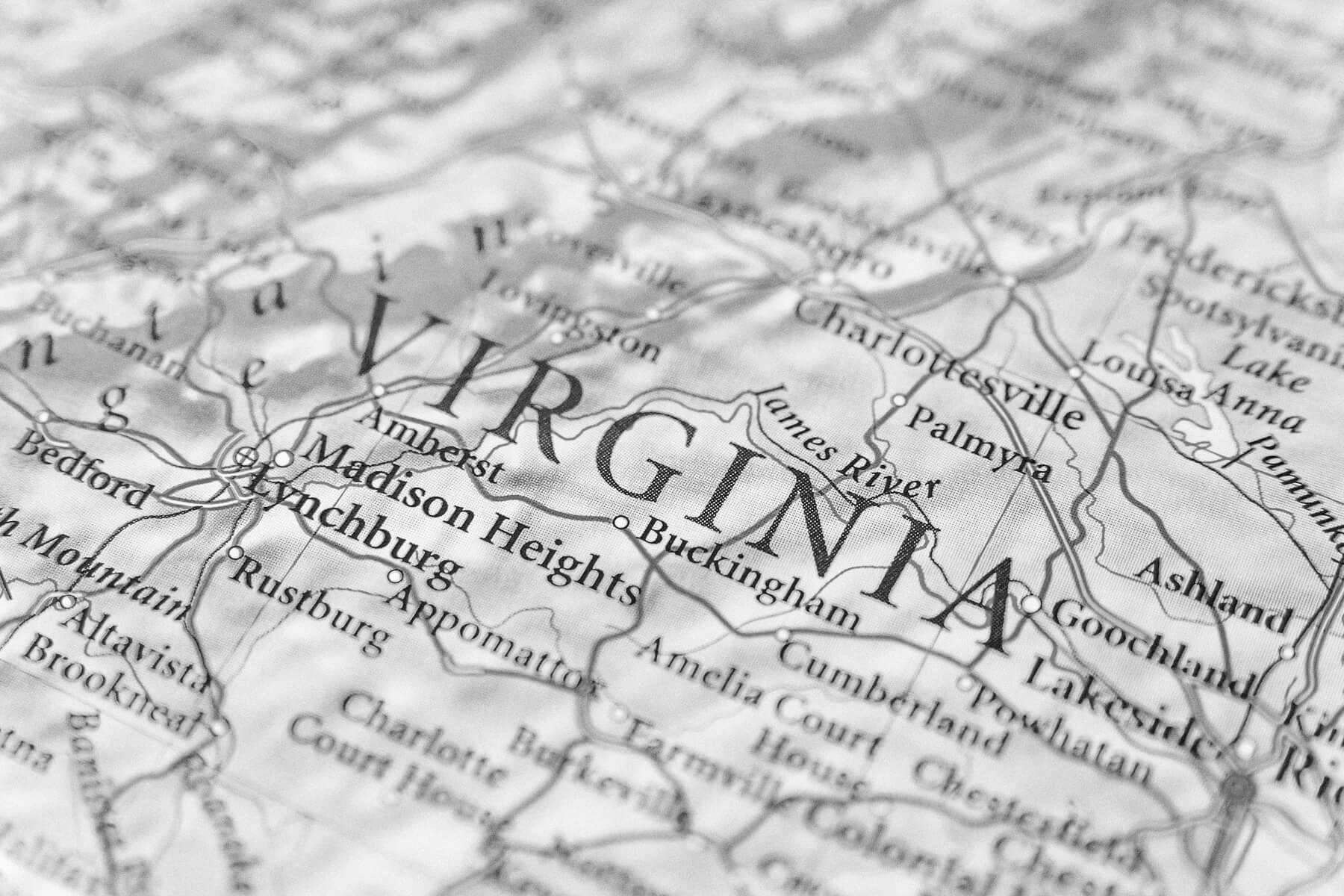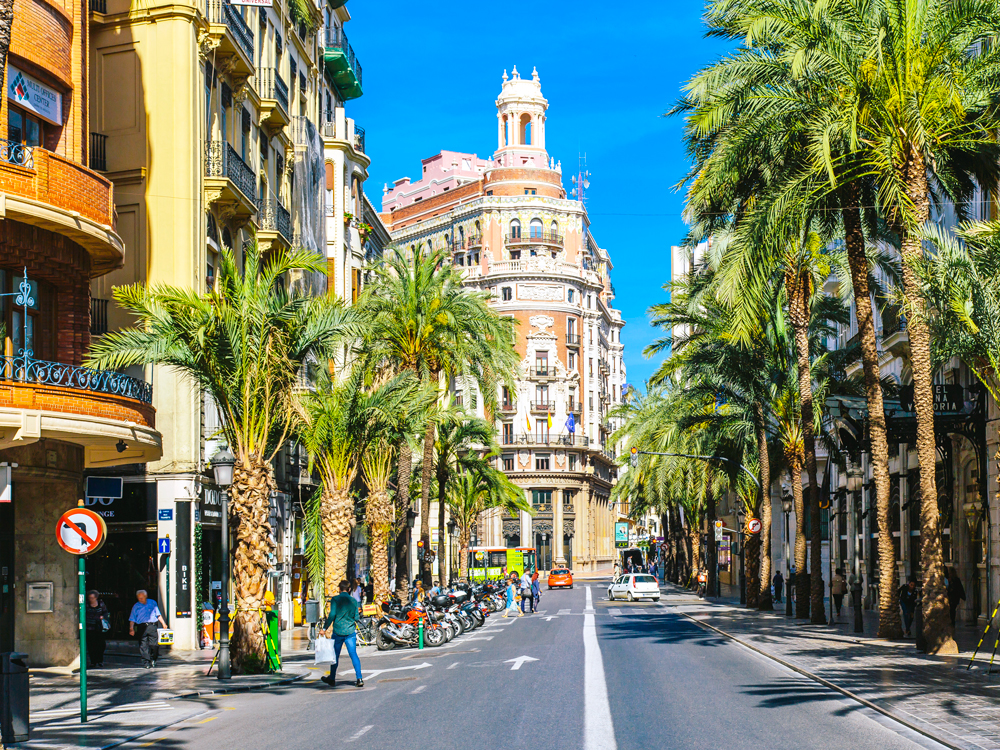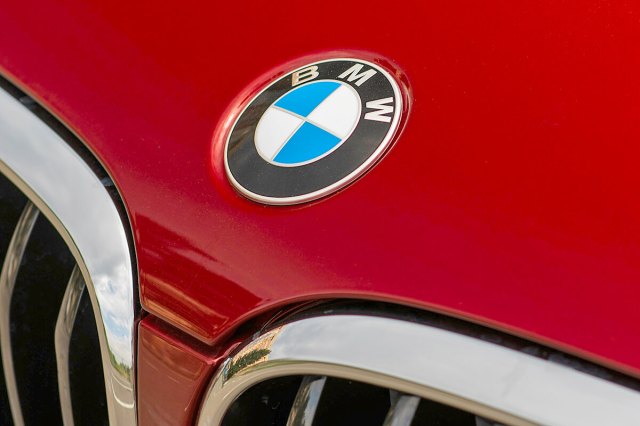
BMW
In 1917, the aircraft engine manufacturer Rapp Motorenwerke was renamed Bayerische Motoren Werke (Bavarian Motor Works), which most of us now know by its three-letter abbreviation. BMW retained some elements of the Rapp logo, including its circular shape and black outer ring. But in the center of the ring, the logo’s designers placed the now-iconic blue-and-white quadrants, the colors of which were taken directly from the flag of Bavaria, where BMW’s founding city of Munich is located.
Contrary to popular belief, the emblem wasn’t designed to evoke a spinning airplane propeller against a blue sky. This oft-repeated myth began with a 1929 advertisement promoting a new aircraft engine the company was developing, which featured an airplane with the BMW logo represented in its rotating propeller. While this myth fits with the company’s roots in aircraft manufacturing, it isn’t the real reason behind the logo — that honor stays firmly in Bavaria.
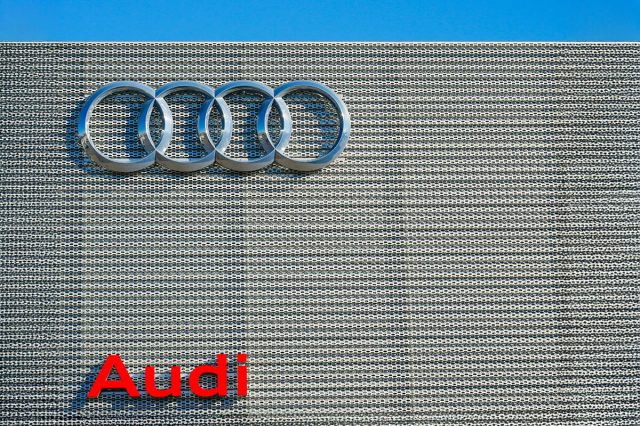
Audi
Audi’s distinctive four interlocking rings represent the 1932 merger of four previously independent automobile manufacturers. In 1932, Audi, Horch, DKW, and Wanderer merged to form Auto Union AG, becoming one of the largest motor vehicle manufacturers in Germany. Initially, each ring contained the name and logo of one of the founding companies. In 1949, a simplified version of the Audi logo was introduced, with the name Auto Union affixed over the four rings. The lettering was later removed entirely, leaving us with the simple, clean, easily recognizable Audi logo we know today.
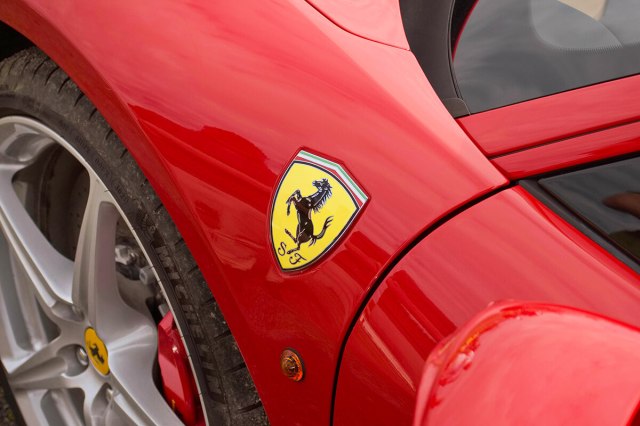
Ferrari
The history of Ferrari’s iconic prancing horse emblem (cavallino rampante, as it’s known in Italy) can be traced back to 1923, when Enzo Ferrari — the company’s founder — was still a competitive race car driver. After winning a race in Ravenna, Enzo met Enrico Baracca and Baracca’s wife, Paolina. They were the parents of Francesco Baracca, Italy’s top fighter pilot during World War I, who was credited with 34 aerial victories before he was killed in battle in 1918. He was known for having the emblem of a prancing black horse on his plane, and when Francesco’s mother met Ferrari, she suggested he use the logo on his cars.
When Ferrari founded his racing team, Scuderia Ferrari, in 1932, he took the suggestion, applying the prancing horse logo to the team’s race cars and later to the company’s luxury sports car. Ferrari wrote about the logo in his autobiography, “The horse was and remained black; I added the canary yellow background, which is the color of Modena’s gonfalon” — a gonfalon being a type of heraldic flag, and Modena being the city in which Ferrari was founded.
More Interesting Reads
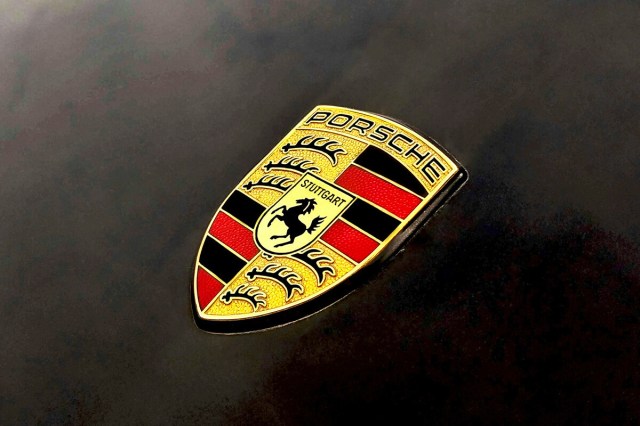
Porsche
Porsche was founded in Stuttgart, Germany in 1931, but its logo wasn’t designed until the early 1950s, after the development of the first production Porsche model, the Porsche 356. The manufacturer, under the leadership of the founder’s son, Ferry Porsche, decided an impactful logo was needed. In 1952, Porsche’s head of advertising, Hermann Lapper, and designer Franz Xaver Reimspieß presented a logo that remains nearly unchanged to this day.
The design plays on Porsche’s history and birthplace. In the center of the emblem is a prancing horse on a golden shield, directly inspired by the Stuttgart city seal (the name of the city itself appears above the horse). Behind this central shield, and forming the rest of the logo, is a design based on the coat of arms of Württemberg-Hohenzollern, which once claimed Stuttgart as its capital. While Porsche has made some minor adjustments over the years, the logo essentially remains the same as the original 1952 design.
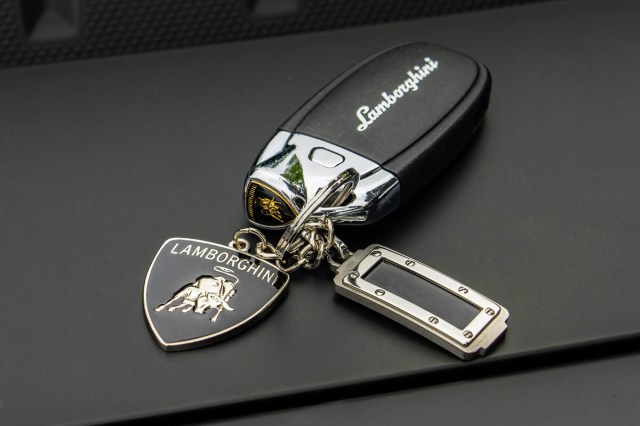
Lamborghini
Automobili Lamborghini was founded by Ferruccio Lamborghini in 1963, after he decided to transition from manufacturing tractors to building top-of-the line sports cars. This change was accompanied by a new logo, featuring Lamborghini’s now-famous raging bull. The design was meant to represent more than just power, however. Ferruccio Lamborghini was born on April 28, 1916, making his astrological sign Taurus, which is symbolized by a bull. He took this to heart as both a personal and professional symbol, hence his desire to incorporate a bull into his company’s emblem.
Lamborghini was also a big fan of bullfighting. In 1962, shortly before founding the company, he visited the ranch of Don Eduardo Miura Fernández, a famous breeder of Spanish fighting bulls. This visit further inspired the logo that went on to adorn Lamborghini sports cars — and perhaps explains the aggressive posture of the bull on the resulting emblem.







